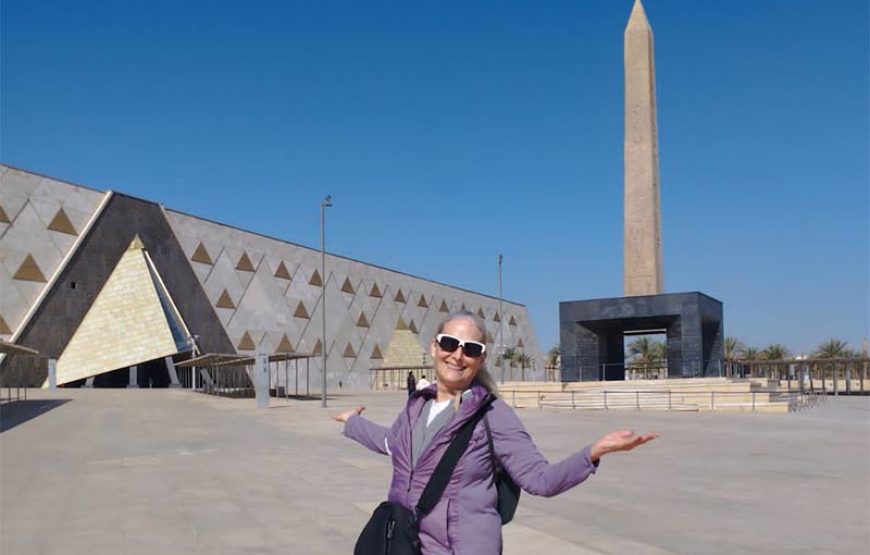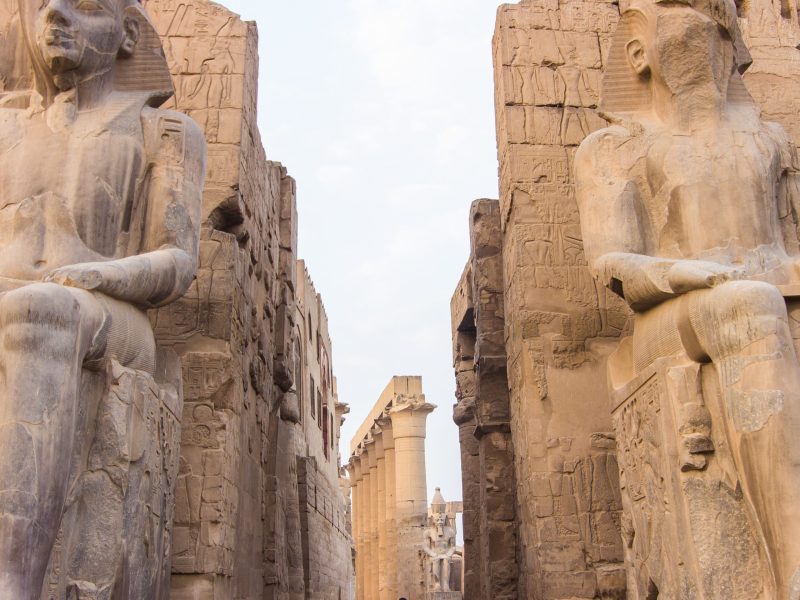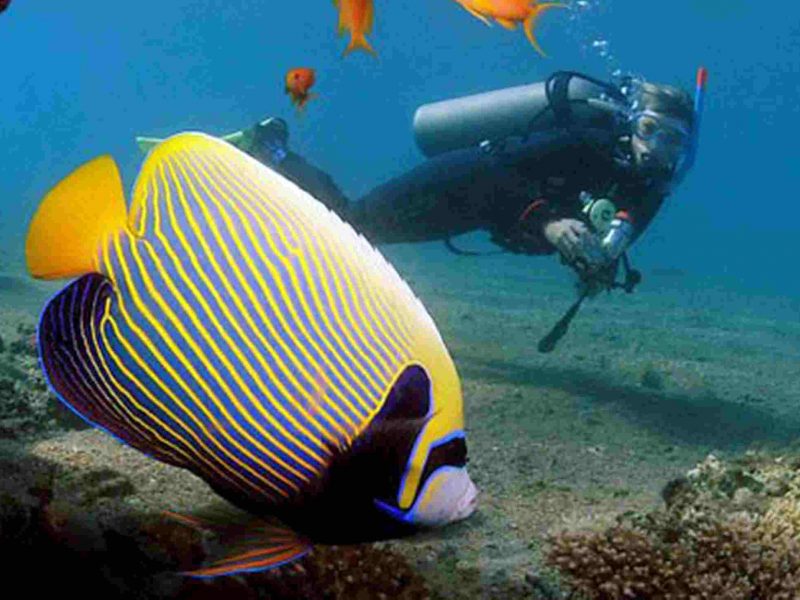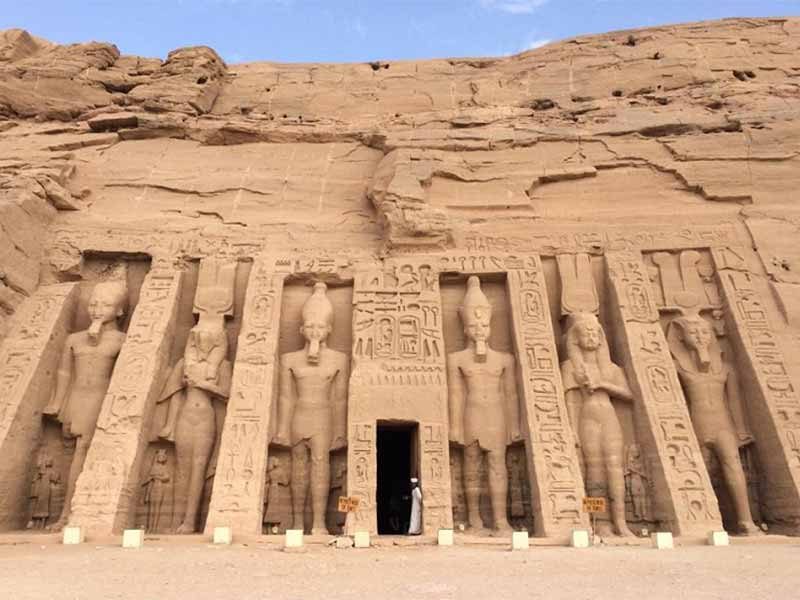A Day of Ancient Wonders: Grand Egyptian Museum and Saqqara
Don’t miss this opportunity to visit the Grand Egyptian Museum known as the New Museum of Egypt and discover the first capital of Egypt Memphis and Sakkara the necropolises of Egypt.
Grand Egyptian Museum
- Explore the 12 main galleries showcasing the rich history of ancient Egypt
- Marvel at the Hanging Obelisk, a massive obelisk suspended from the ceiling.
- Witness the colossal statues of pharaohs and deities.
- Ascend the Grand Staircase, adorned with stunning artifacts.
- Discover the royal regalia, jewelry, and other treasures.
Then go to visit Saqqara Necropolis
- Visit the Step Pyramid of Djoser, the world’s first pyramid.
- Explore the intricate tombs of the nobility, including Kagmni Tomb and Titi pyramid
Memphis
- See the colossal statue of Ramses II, a remnant of the ancient capital city.












